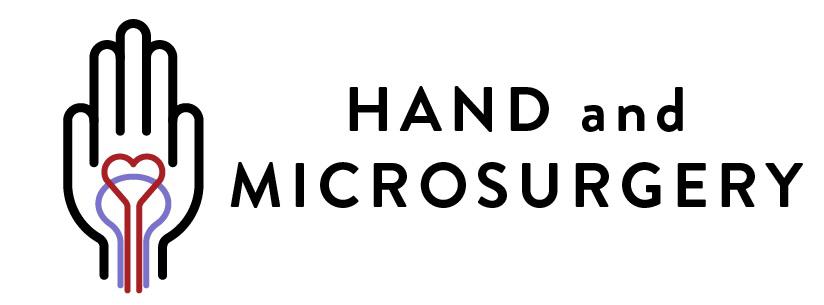
Conflict of Interest Disclosure Statement
Copyright Transfer Form
Ethical Approval
Title Page
| Original Article Online Published: 26 Apr 2016 | ||||||||||||
Hand Microsurg. 2016; 5(3): 130-136 Comparison of two different suture-passing techniques with different suture materials and thicknesses: Biomechanical study of flexor tendons for yield points, gap formation and early post-operative status Volkan Ergan, Ozal Ozcan, Baris Kafa, Gokhan Maralcan, Ilhami Kuru.
| ||||||||||||
| How to Cite this Article |
| Pubmed Style Volkan Ergan, Ozal Ozcan, Baris Kafa, Gokhan Maralcan, Ilhami Kuru. Comparison of two different suture-passing techniques with different suture materials and thicknesses: Biomechanical study of flexor tendons for yield points, gap formation and early post-operative status. Hand Microsurg. 2016; 5(3): 130-136. doi:10.5455/handmicrosurg.211006 Web Style Volkan Ergan, Ozal Ozcan, Baris Kafa, Gokhan Maralcan, Ilhami Kuru. Comparison of two different suture-passing techniques with different suture materials and thicknesses: Biomechanical study of flexor tendons for yield points, gap formation and early post-operative status. https://handmicrosurgeryjournal.com/?mno=211006 [Access: September 12, 2024]. doi:10.5455/handmicrosurg.211006 AMA (American Medical Association) Style Volkan Ergan, Ozal Ozcan, Baris Kafa, Gokhan Maralcan, Ilhami Kuru. Comparison of two different suture-passing techniques with different suture materials and thicknesses: Biomechanical study of flexor tendons for yield points, gap formation and early post-operative status. Hand Microsurg. 2016; 5(3): 130-136. doi:10.5455/handmicrosurg.211006 Vancouver/ICMJE Style Volkan Ergan, Ozal Ozcan, Baris Kafa, Gokhan Maralcan, Ilhami Kuru. Comparison of two different suture-passing techniques with different suture materials and thicknesses: Biomechanical study of flexor tendons for yield points, gap formation and early post-operative status. Hand Microsurg. (2016), [cited September 12, 2024]; 5(3): 130-136. doi:10.5455/handmicrosurg.211006 Harvard Style Volkan Ergan, Ozal Ozcan, Baris Kafa, Gokhan Maralcan, Ilhami Kuru (2016) Comparison of two different suture-passing techniques with different suture materials and thicknesses: Biomechanical study of flexor tendons for yield points, gap formation and early post-operative status. Hand Microsurg, 5 (3), 130-136. doi:10.5455/handmicrosurg.211006 Turabian Style Volkan Ergan, Ozal Ozcan, Baris Kafa, Gokhan Maralcan, Ilhami Kuru. 2016. Comparison of two different suture-passing techniques with different suture materials and thicknesses: Biomechanical study of flexor tendons for yield points, gap formation and early post-operative status. Hand and Microsurgery, 5 (3), 130-136. doi:10.5455/handmicrosurg.211006 Chicago Style Volkan Ergan, Ozal Ozcan, Baris Kafa, Gokhan Maralcan, Ilhami Kuru. "Comparison of two different suture-passing techniques with different suture materials and thicknesses: Biomechanical study of flexor tendons for yield points, gap formation and early post-operative status." Hand and Microsurgery 5 (2016), 130-136. doi:10.5455/handmicrosurg.211006 MLA (The Modern Language Association) Style Volkan Ergan, Ozal Ozcan, Baris Kafa, Gokhan Maralcan, Ilhami Kuru. "Comparison of two different suture-passing techniques with different suture materials and thicknesses: Biomechanical study of flexor tendons for yield points, gap formation and early post-operative status." Hand and Microsurgery 5.3 (2016), 130-136. Print. doi:10.5455/handmicrosurg.211006 APA (American Psychological Association) Style Volkan Ergan, Ozal Ozcan, Baris Kafa, Gokhan Maralcan, Ilhami Kuru (2016) Comparison of two different suture-passing techniques with different suture materials and thicknesses: Biomechanical study of flexor tendons for yield points, gap formation and early post-operative status. Hand and Microsurgery, 5 (3), 130-136. doi:10.5455/handmicrosurg.211006 |








